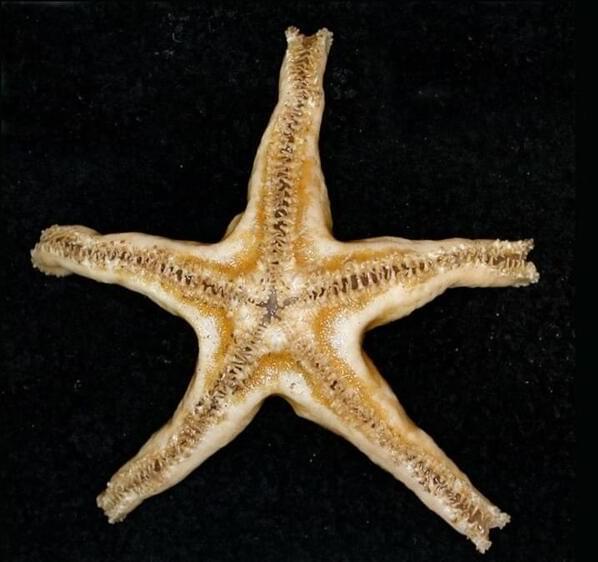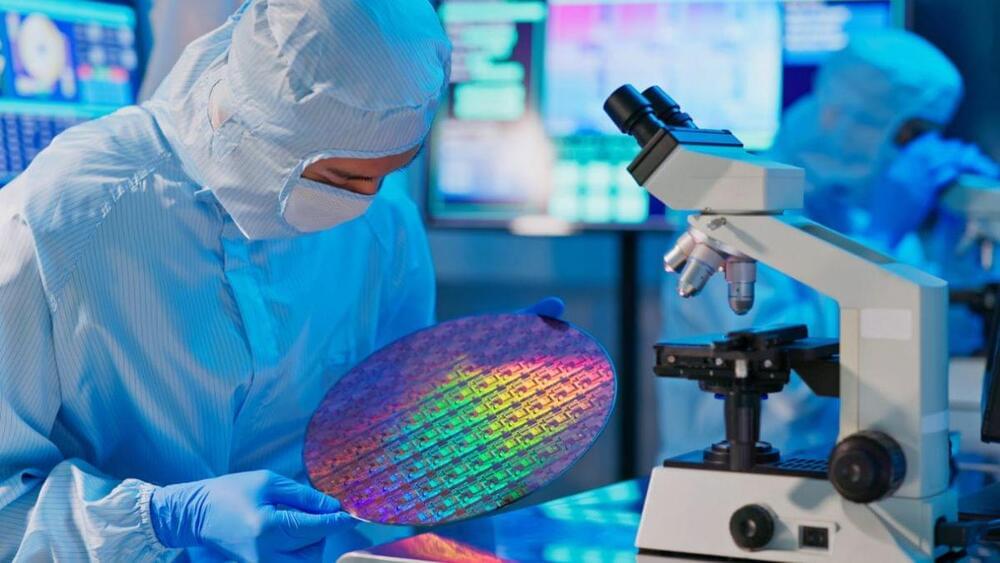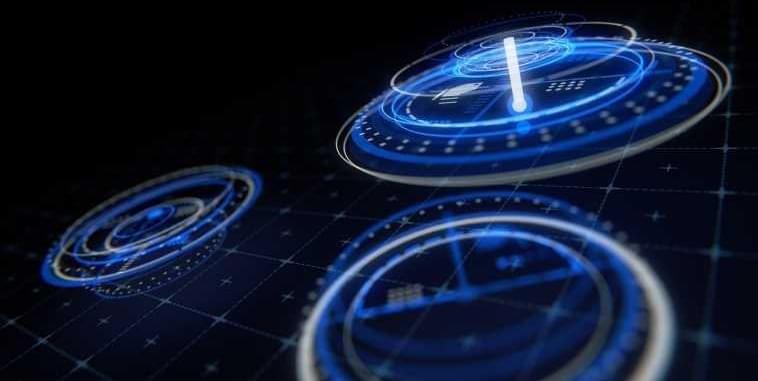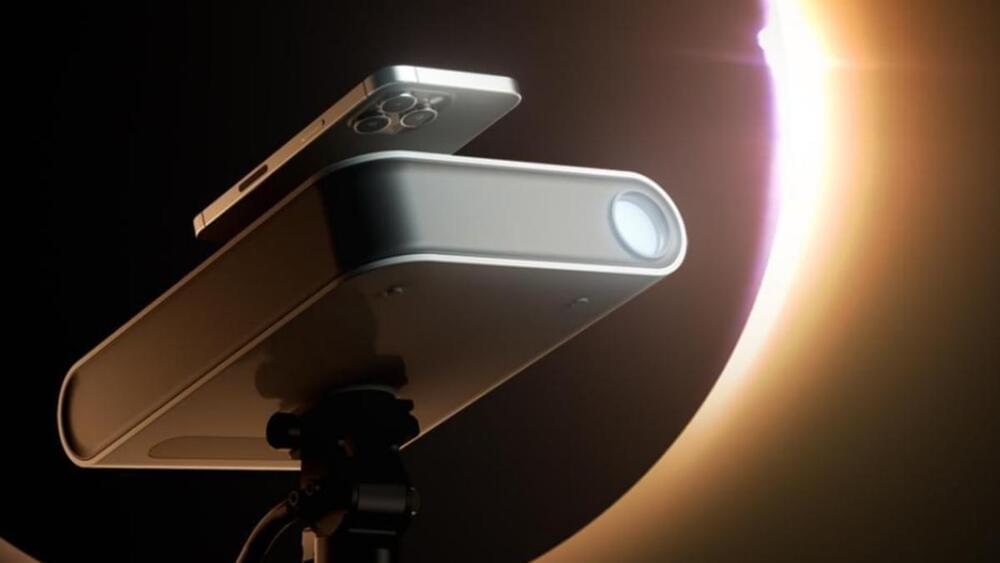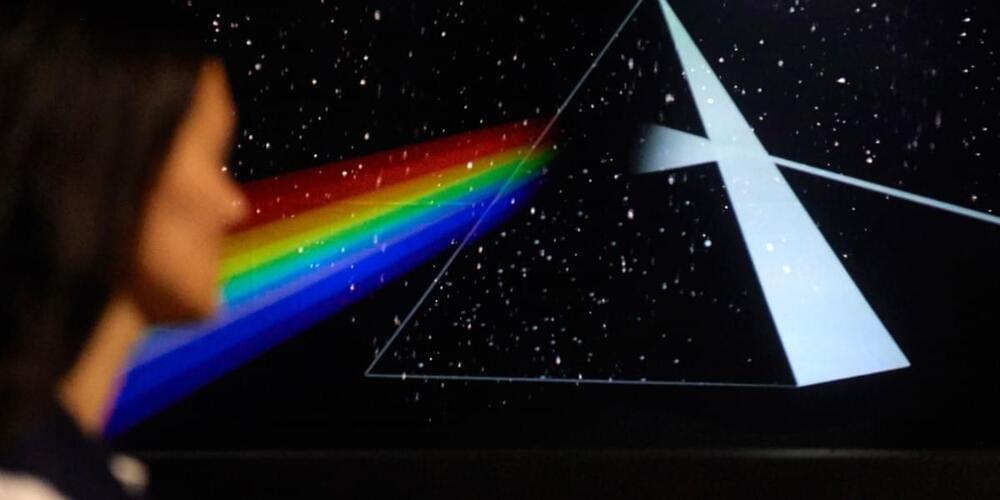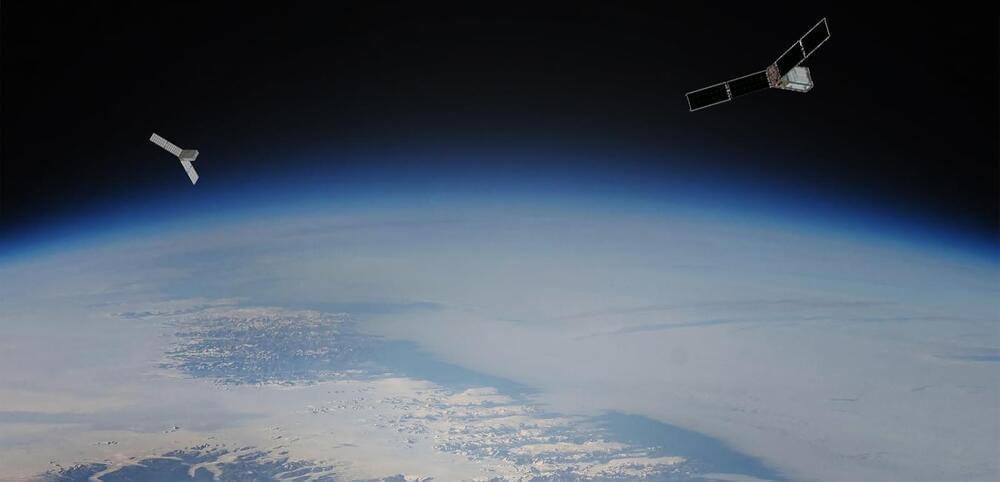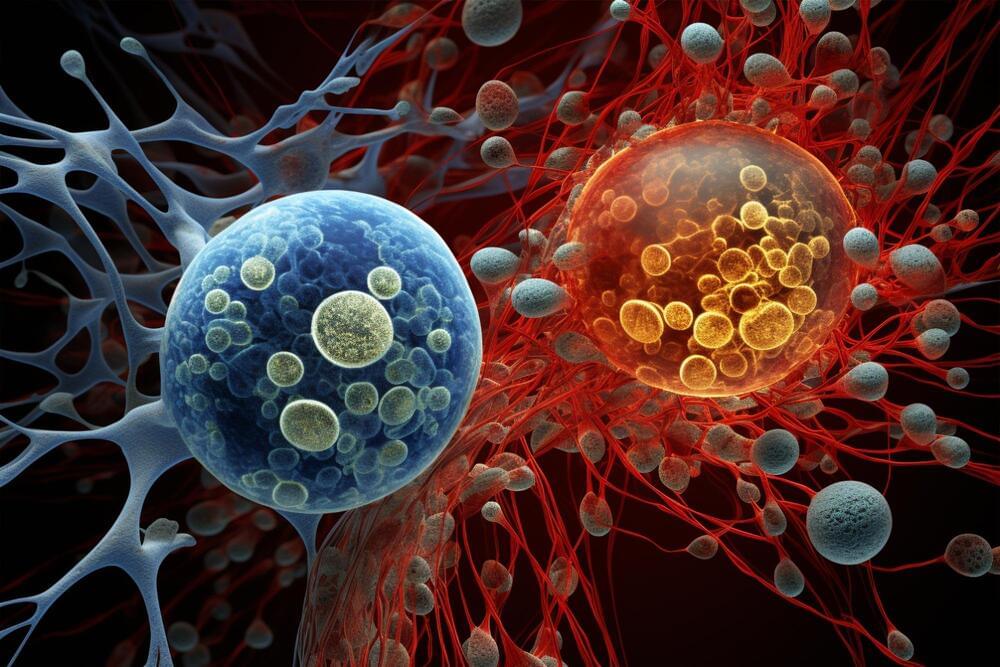Aug 16, 2023
Neuroscientists Re-create Pink Floyd Song from Listeners’ Brain Activity
Posted by Jose Ruben Rodriguez Fuentes in categories: biotech/medical, media & arts, robotics/AI
Neuroscientists have worked for decades to decode what people are seeing, hearing or thinking from brain activity alone. In 2012 a team that included the new study’s senior author—cognitive neuroscientist Robert Knight of the University of California, Berkeley—became the first to successfully reconstruct audio recordings of words participants heard while wearing implanted electrodes. Others have since used similar techniques to reproduce recently viewed or imagined pictures from participants’ brain scans, including human faces and landscape photographs. But the recent PLOS Biology paper by Knight and his colleagues is the first to suggest that scientists can eavesdrop on the brain to synthesize music.
“These exciting findings build on previous work to reconstruct plain speech from brain activity,” says Shailee Jain, a neuroscientist at the University of California, San Francisco, who was not involved in the new study. “Now we’re able to really dig into the brain to unearth the sustenance of sound.”
Continue reading “Neuroscientists Re-create Pink Floyd Song from Listeners’ Brain Activity” »

